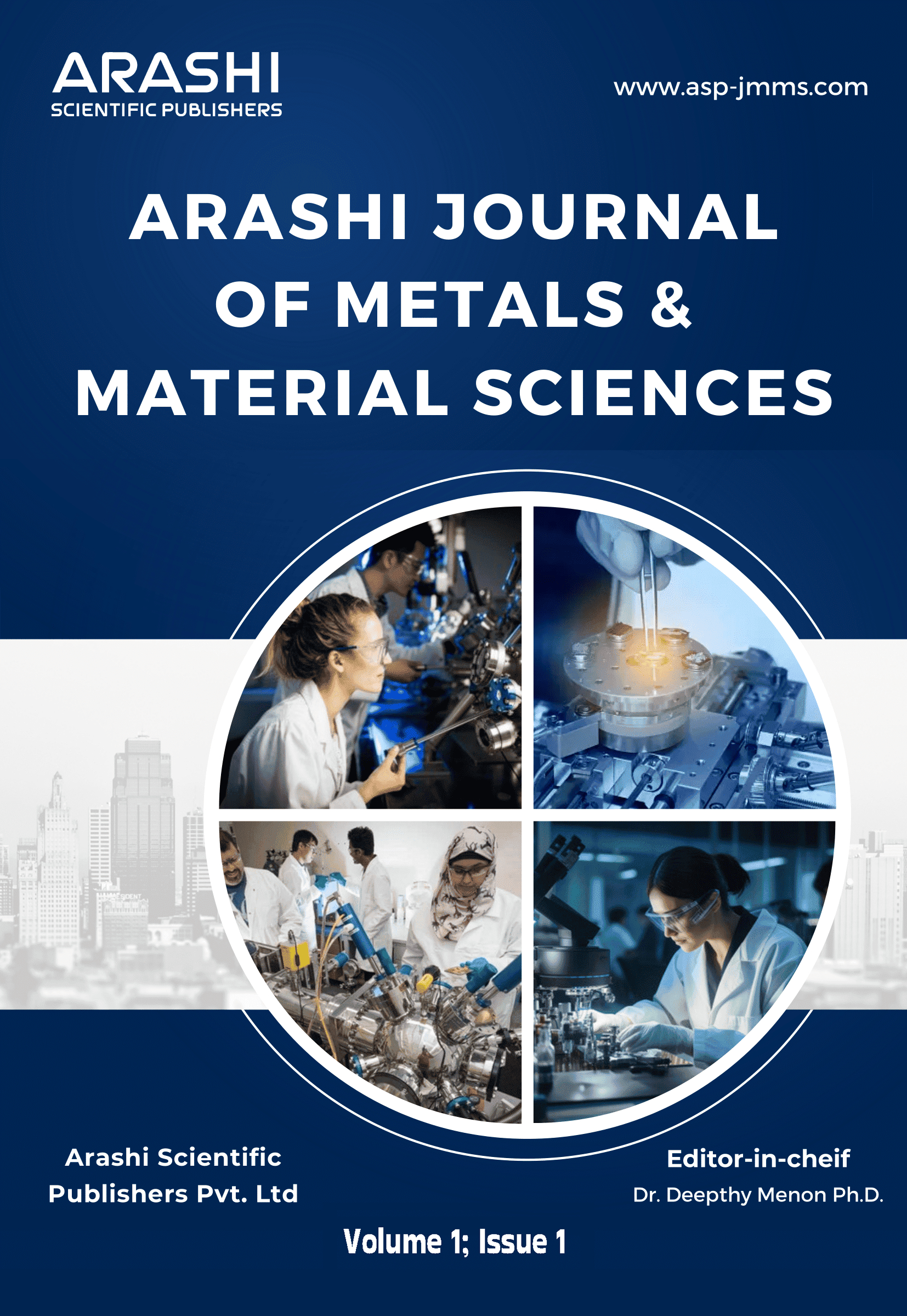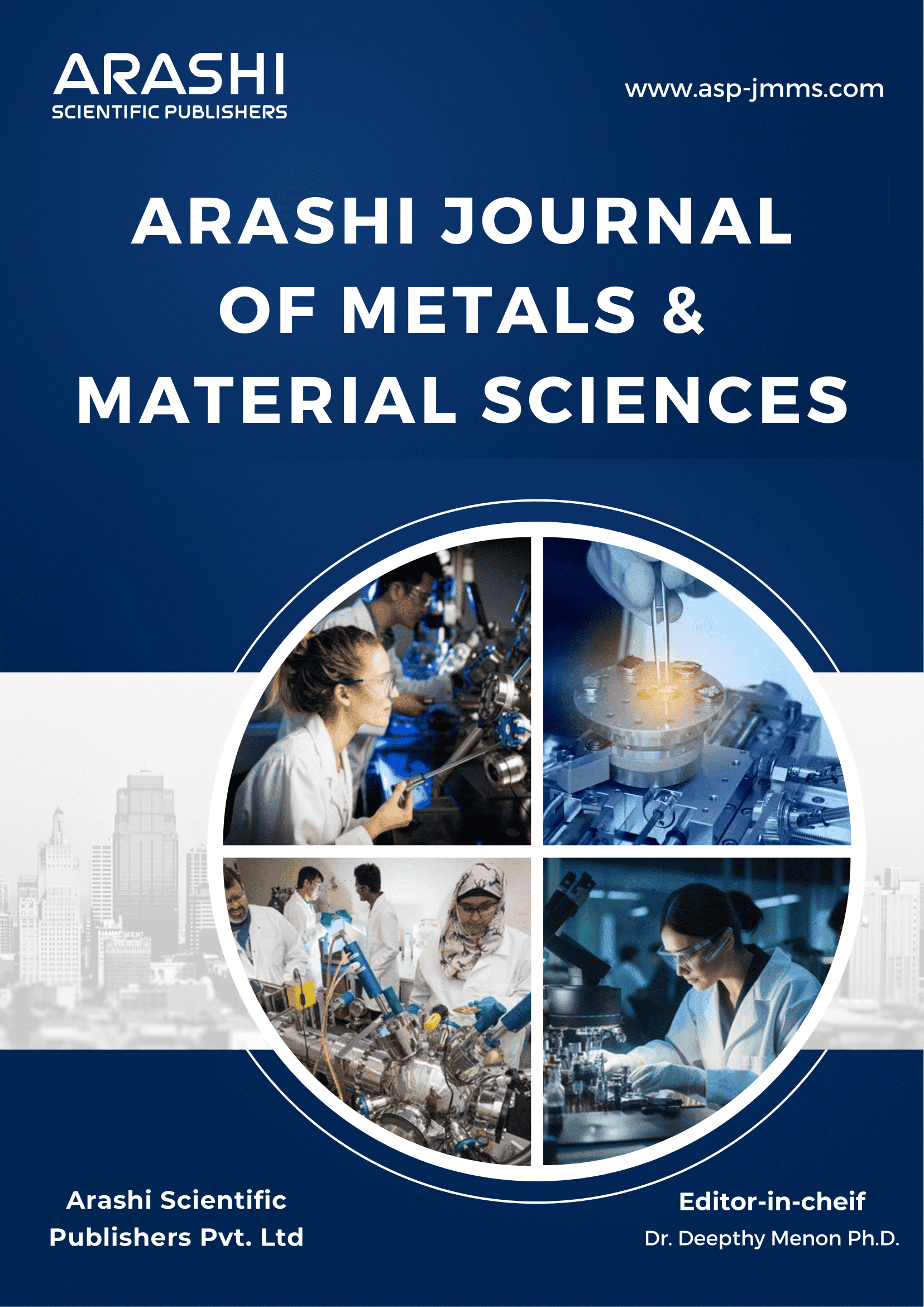Functional coatings on biometals: a strategy to combat implant-associated infections
DOI:
https://doi.org/10.54646/jmms.2024.0004
சுருக்கம்
சமீப காலங்களில், உயிரியல் உலோகங்களில் செயல்பாட்டு பூச்சுகள் உலோகங்கள் மற்றும் உலோக கலவைகள் போன்ற இம்ப்ளாண்டுகளின் செயல்திறனை கணிசமாக மேம்படுத்தி, மருத்துவ இம்ப்ளாண்டுகளுக்கு புதிய பயன்பாடுகளை வழங்கி வருகின்றன. இயற்கை உடலியக்க அமைப்புகளுக்கு மாற்றாக, ஓர்தோபடிக்ஸ் துறையில் பொதுவாக பயன்படுத்தப்படும் இம்ப்ளாண்டுகள் (பயோமேட்டல்ஸ்) சில குறைகளை கொண்டுள்ளன. இவை எலும்புடன் ஒத்த அமைப்பை உருவாக்குவதில் பிரச்சினைகள், தொற்று ஏற்படும் ஆபத்து, மற்றும் போதிய இயந்திர பண்புகள் பற்றாக்குறை போன்ற சவால்களால் பாதிக்கப்படுகின்றன. பயோமேட்டல்ஸில் தொற்றுகளை குறைத்து, பைஓபிலிம் உருவாக்கத்தை தடுக்க கூடிய பாக்டீரியா எதிர்ப்பு திறன் கொண்ட பொருட்களை செயல்பாட்டு பூச்சடையாக பூசுவது ஒரு முக்கிய அம்சமாகும். ஆனால், பாக்டீரியாவின் ஜெனஸ் மற்றும் ஸ்பீஷீஸ் போன்ற வேறுபாடுகள், செயல்பாட்டு பூச்சாடையின் பாக்டீரியா எதிர்ப்பு திறனை குறிப்பிடத்தக்க வகையில் தீர்மானிக்கின்றன. அதனால், சமீபத்திய தரவுகளையும் மருத்துவ விமர்சனங்களையும் மதிப்பாய்வு செய்வதன் மூலம், இந்த ஆய்வு பயோமேட்டல்களுக்கு செயல்பாட்டு பூச்சாடைகளில் மேற்கொள்ளப்பட்ட முன்னேற்றங்களை ஆராய்கிறது. குறிப்பாக, பாக்டீரியா காலனித்துவம் மற்றும் பைஓபிலிம் உருவாக்கத்தை தடுக்கவும், பயோமெடிக்கல் இம்ப்ளாண்டுகளின் ஆயுட்காலத்தையும் செயல்திறனையும் மேம்படுத்தவும் இது கவனம் செலுத்துகிறது. இதன் மூலம், நோயாளிகளில் சிறந்த விளைவுகளை வழங்க முடியும். எதிர்காலத்தில், பன்முக செயல்பாட்டு பூச்சாடைகள் குறித்த ஆராய்ச்சிகள் மருத்துவ பயன்பாட்டுக்கான ஒழுங்குமுறை பிரச்சினைகளில் கவனம் செலுத்த வேண்டும்.
Abstract
Recent trends in functional coatings at biometals have greatly improved the capabilities of implants like metals and metal alloys, thus offering new applications for biomedical implants. Despite being used most commonly as biomedical implants in orthopedics, the biometal has limitations like inconsistent properties to form a bone-like structure, infection susceptibility, and inadequate mechanical properties. Coating biometals with antibacterial agents that can reduce infection and stop biofilm formation is one aspect of functional coating. However, variations in bacterial genus and species, also determine the antibacterial efficacy of the functional coating. Thus, by reviewing the most up-to-date data and clinical review, this paper reviews the developments made in functional coatings for biometals in biomedical implants with respect to the enhancement of resistance to bacterial colonization and biofilm formation to improve biomedical implants life and performance, benefitting their outcome in patients. Future research on multi-functional coating should focus on regulatory issues for clinical usage.
-Photoroom.png)

